
Lot 50
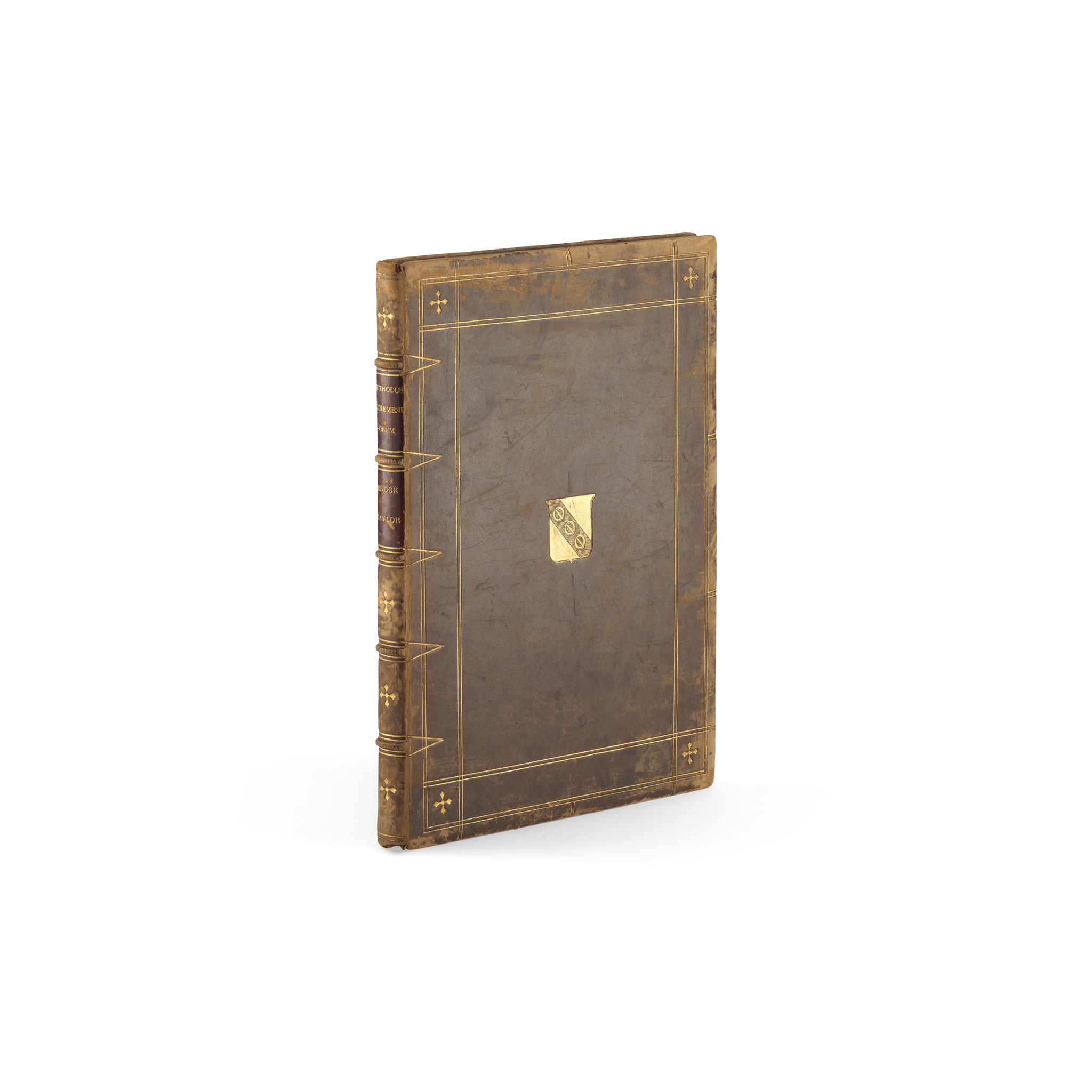
Taylor, Brook
Methodus incrementorum directa et inversa
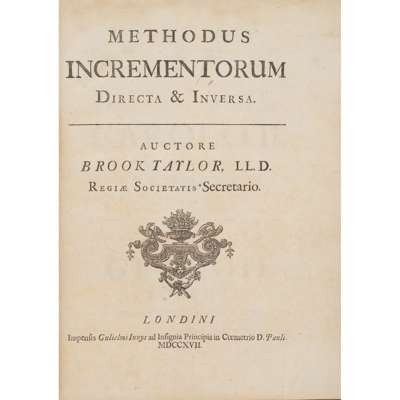
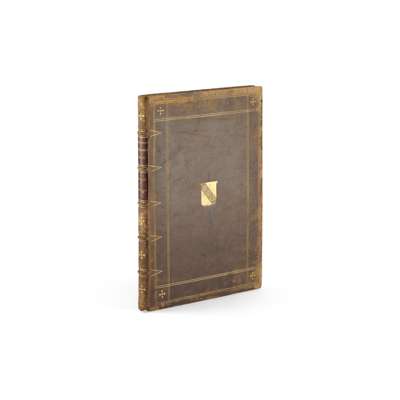
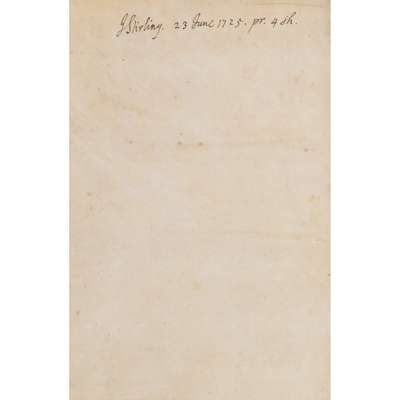
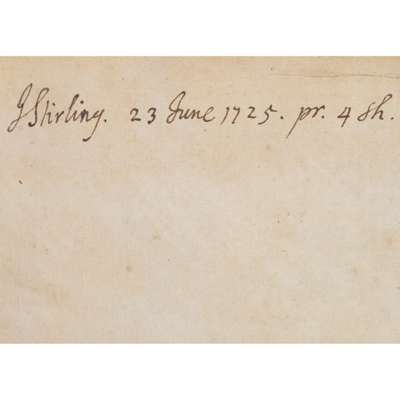


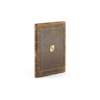
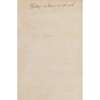
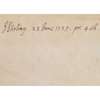
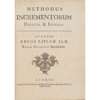
The Library of James Stirling, Mathematician
Auction: 23 October 2025 from 13:00 GMT
Description
London: impensis Gulielmi Innys, 1717. 4to in half-sheets (22.5 x 16.2cm), 19th-century ‘divinity’ calf by Maclehose of Glasgow for William Stirling of Tarduff, gilt decoration including Stirling family arms to covers, edges dyed red, viii 118 [2] pp., corrigenda leaf to rear, diagrams in text, 19th-century bookplate of James Stirling the Venetian, browning, damp-staining to head and foot of quires S-Z and 2G [ESTC N3972; Norman 2058]
Footnote
First edition, second issue, with James Stirling's ownership inscription and purchase note ‘J Stirling 23 June 1725 pr. 4 sh’ to an initial blank. A letter from William Stirling of Tarduff (tipped to the rear endpaper) explains that this is one of two books which he retrieved from the offices at Leadhills and had rebound, the other being a copy of the doctoral dissertation of German physician Wilhelm Nebel's, presented to Stirling by Nicolaus Bernoulli (see lot 28). A pencilled note to the initial blank adds: ‘This book belonged to James Stirling…known as ‘The Venetian’, it was found at Lead Hills, Lanarkshire, and given to James Stirling of Glentyan by his nephew Wm Stirling, Christmas 1881’.
The Methodus incrementorum was first published in 1715; copies with a 1717 title-page are described by ESTC as ‘probably a reissue of the 1715 edition with the first two preliminary leaves reset’. The work introduced what is now known as ‘Taylor’s theorem', a process for expanding functions into infinite series, and is considered one of the foundational works in the calculus of finite differences. It represented an important advance on the ideas expounded by Newton in his 1711 paper ‘Methodus differentialis’, as did Stirling's book Methodus differentialis, which was published in 1730 and cites Taylor's work (at page 24). The earliest evidence of Stirling's engagement with the Royal Society is the record of his attendance at a lecture given by Taylor on logarithms and numerical solutions to equations in April 1717.









